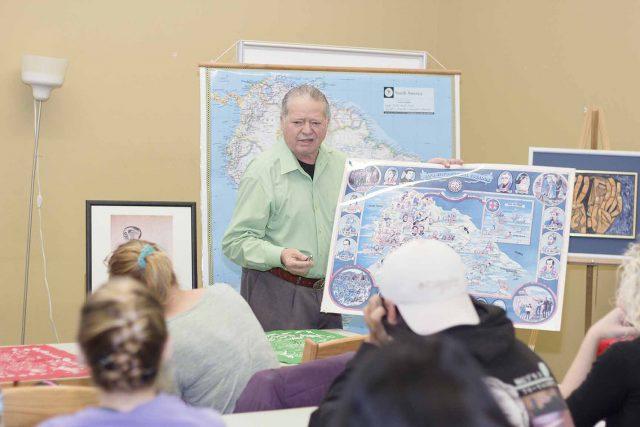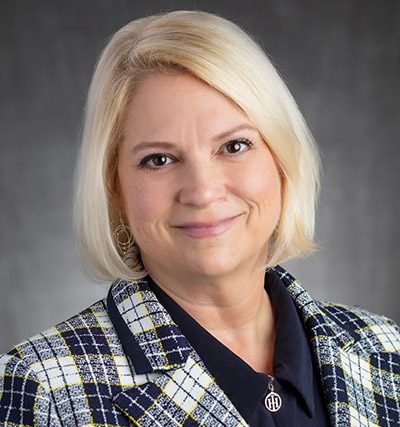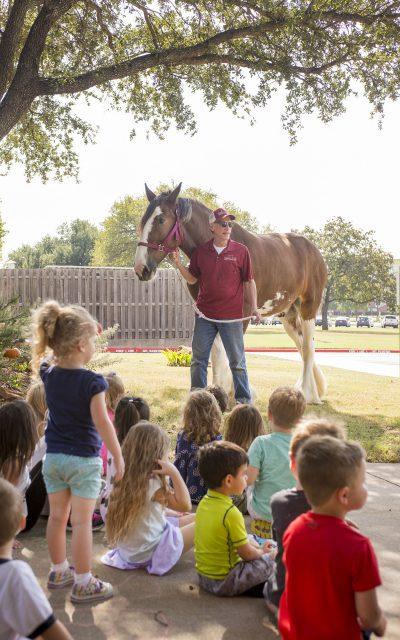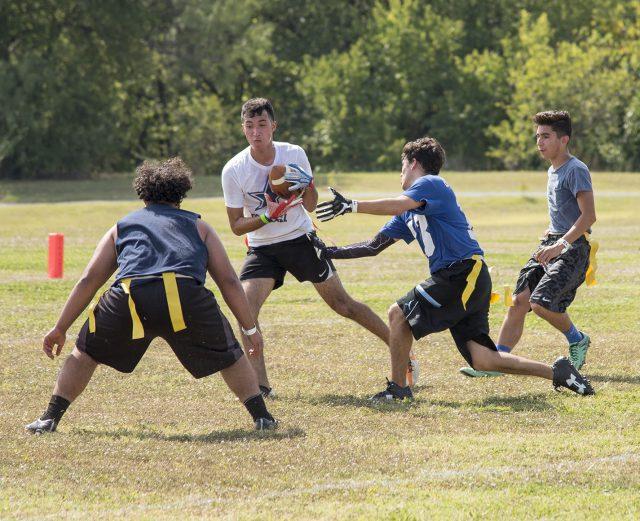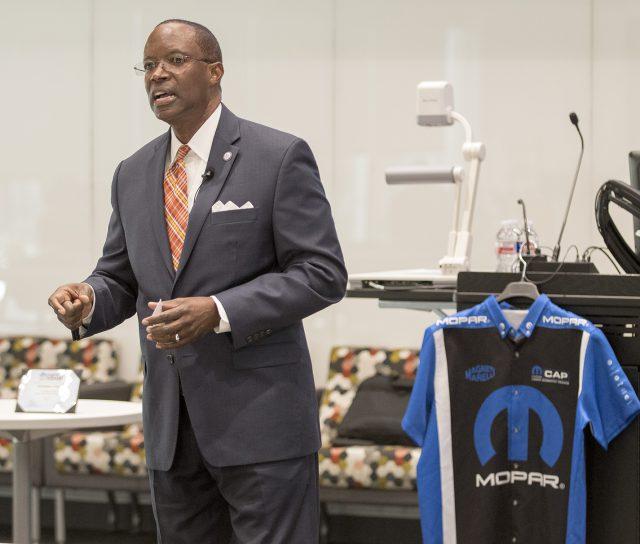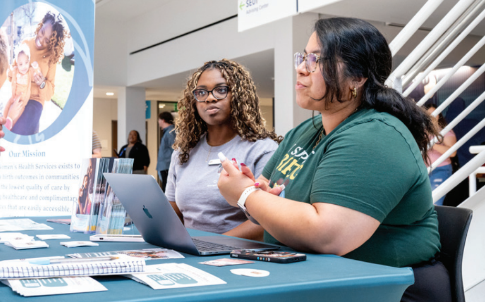By Victor Aldana/reporter
As part of Hispanic Heritage Month, Spanish assistant professor Ivan Mino talked to students about the differences in Latin cultures, languages and stereotypes Oct. 10.
“What is Latin America? What is a Hispanic? What is a Latino?” Mino asked students.
Mino said the word Latino refers to countries under Roman rule such as Italy, France and Spain. Latin America refers to the 23 Latin countries in the Western Hemisphere. Hispanic refers to any person of Spaniard descent, he said.
People who speak Spanish are often automatically considered Mexican or Hispanic when in reality they might not be and could be a different nationality, Mino said.
“Trying to become too politically correct is the problem,” he said. “It’s going to keep happening because it has been going on for years, and we will be unable to change it.”
Mino remembers someone on the street asking him where he was from. Mino was born in Ecuador and raised in New York, he said. When asked what he should be called, Mino said “Ecuayorkino.”
Different lingos exist within the Latin communities. For example, New Yoricans are people who live in New York but have a Puerto Rican background.
“Right now, you have the Dreamers,” Mino said. “If you ask them what their nationality is, the Dreamers will tell you they are Americans.” Others will say they are Mexicans or Hispanic, he said.
Differences depend on the perspectives people have about others and what people think might be the correct terminology to use.
It’s too confusing for someone to explain, Mino said. When asked what he should be called, Mino’s response is always, “I am an American citizen born in Ecuador.”
























